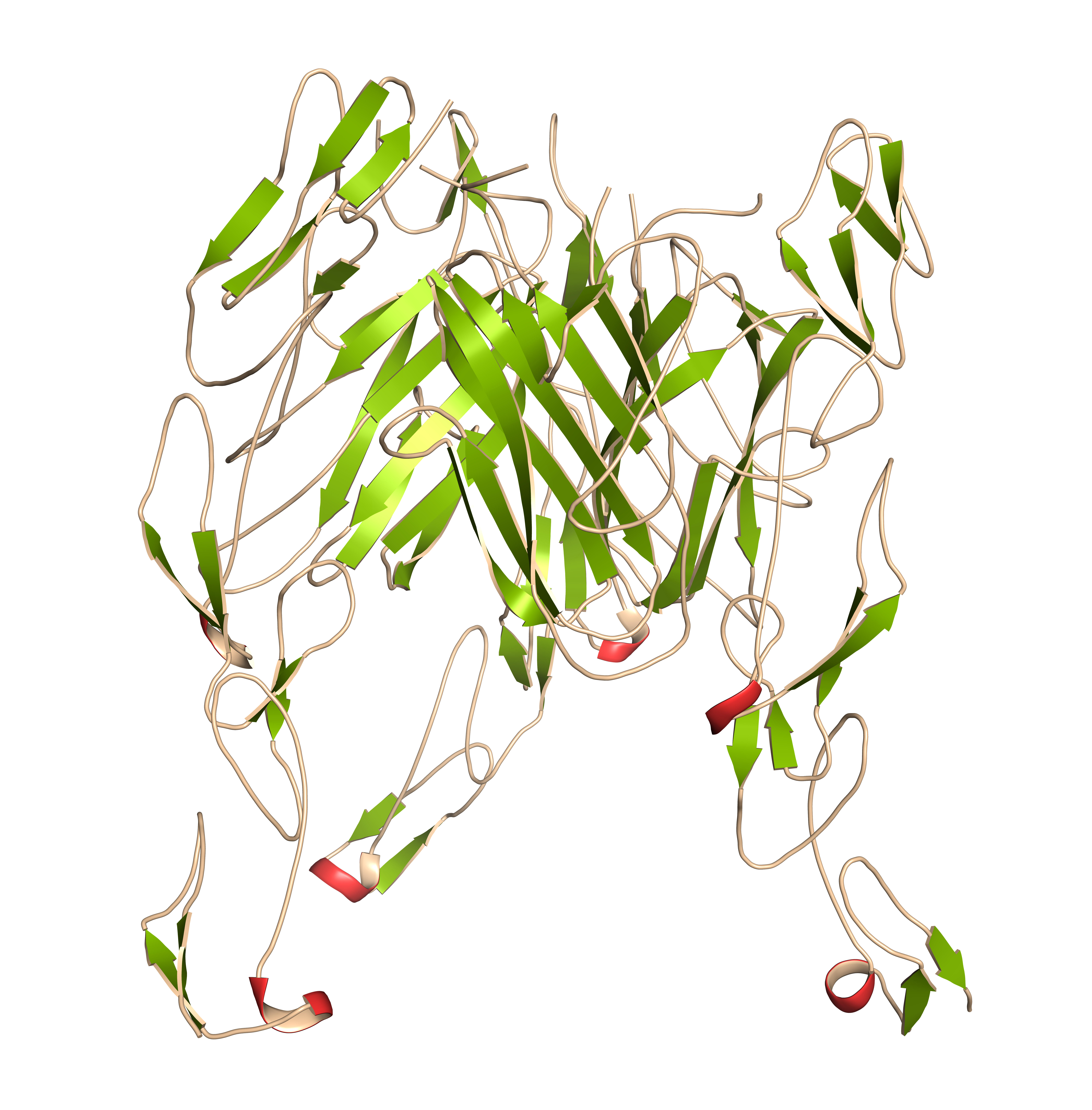A prospective study of allogenic stem cell transplant patients in Japan suggests that the percentage of CD134+ T cells could be used to predict which patients are vulnerable to HHV-6 reactivation. The authors propose that further investigation into the effect of elevated CD134+ T cells pre-transplant is warranted.

From left to right, Rie Yamazaki, Takehiko Mori and Hitomi Nakayama of Keio University School of Medicine, Japan
In a study conducted by several investigators including Hitomi Nakayama, Rie Yamazaki and Takehiko Mori at Keio University in Japan, patients with a higher ratio of CD134/CD4 T cells prior to conditioning were at increased risk of reactivation after transplantation with an odds ratio (OR) of 10.5 (p=0.03) compared to an OR of 15.4 (p<0.01) for HLA-mismatched donors (vs. HLA-matched donor), in multivariate analysis.
The authors also described their preliminary data on an assay developed specifically to increase the sensitivity in order to identify a low-level HHV-6 reactivation earlier than the current clinical methods (quantitative PCR, qPCR). They used digital polymerase chain reaction (dPCR) targeting the immediate early IE-1 gene.
The authors pointed out that traditional qPCR testing may not pick up HHV-6 reactivation early enough, since the median time between detection and the onset of associated CNS dysfunction was reported to be only 4 days with biweekly monitoring (Ogata 2013). They hope that their new dPCR assay will allow them to identify and treat HHV-6B reactivation earlier. The group tested 136 samples (from 34 HSCT patients) for HHV-6 reactivation with both qPCR and their new dPCR assay and found that the latter had a significantly higher detection rate – revealing the detection of infection 1-2 weeks earlier than qPCR in the 30% of the patients who tested positive in both assays.
The limitations of the study include the fact that the small number of patients were evaluated (N=34).

Read the full text: Nakayama 2019

